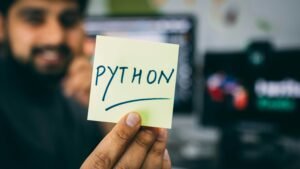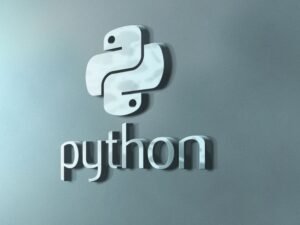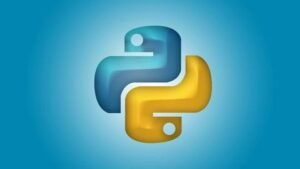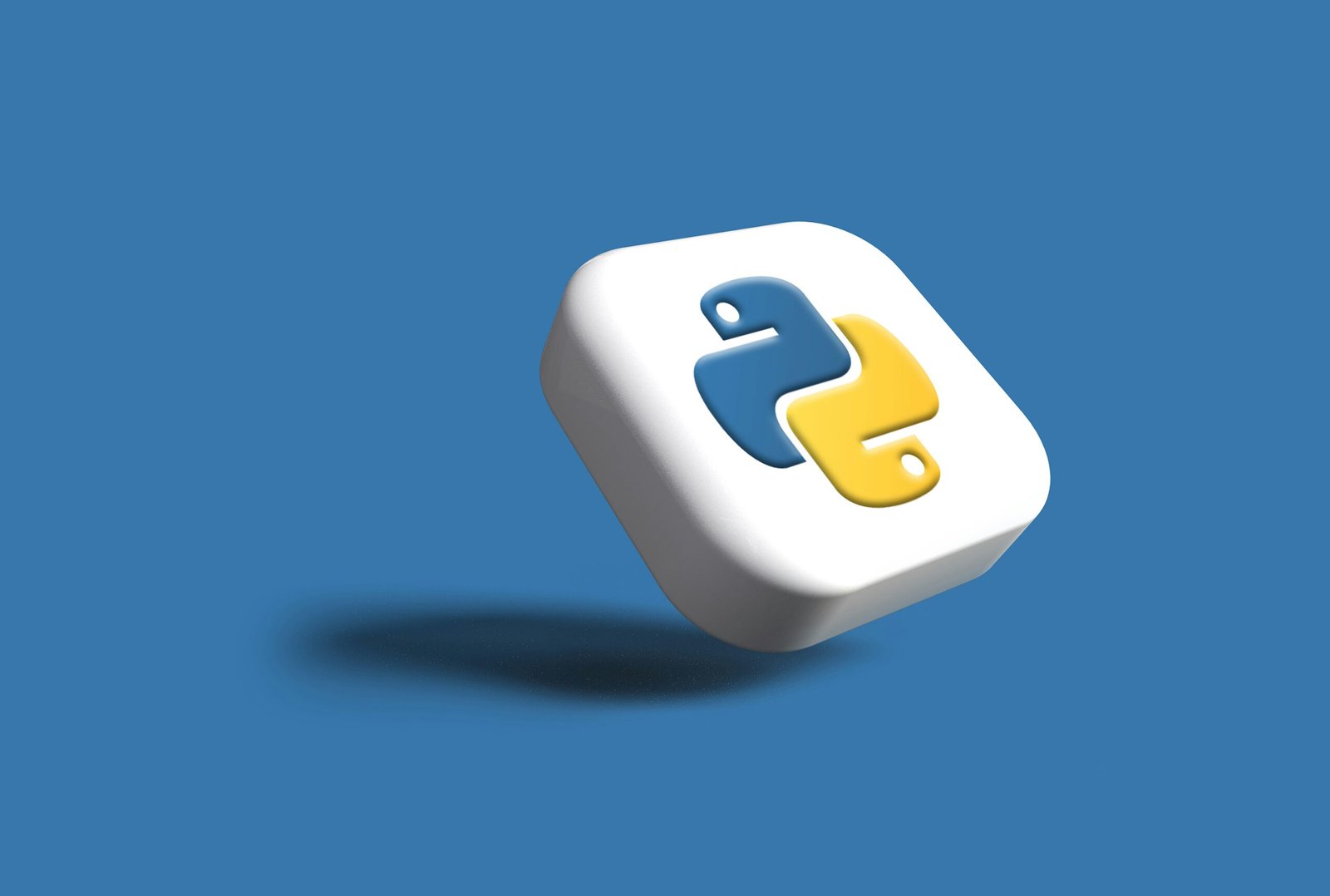PYTHON PROGRAMMING LANGUAGE
Python is a high-level, interpreted programming language known for its simplicity, readability, and versatility. Here’s an overview covering various aspects of Python:
1. History: Python was created by Guido van Rossum and first released in 1991. It was designed to be easy to read and write, with a clear and concise syntax. Python’s development has been guided by the Python Enhancement Proposals (PEPs), which are proposals for new features and enhancements to the language.

–> Early Beginnings: It’s story begins in the late 1980s when Guido van Rossum, a Dutch programmer, started working on a new programming language. He aimed to create a language that was easy to learn and use, with a syntax that emphasized readability and simplicity.
–>Python 0.9.0: The first version of Python, Python 0.9.0, was released in February 1991. This early version already showcased many features that would become fundamental to Python’s design, including exception handling, functions, and modules.
–> Python 1.0: Python 1.0 was released in January 1994. This version included significant improvements and refinements to the language. Python gained popularity within the programming community, particularly among educators and researchers, due to its clear and concise syntax.
–>Python 2.x Series: The Python 2.x series, starting with Python 2.0 in 2000, marked a period of rapid growth and adoption for the language. Python became increasingly popular for web development, scientific computing, and scripting tasks. However, the development of Python 2.x also led to some challenges, including certain design decisions that were later reconsidered for Python 3.
–>Python 3.x Series: Python 3.0, also known as Python 3000 or Py3k, was released in December 2008. Python 3 introduced several significant changes and improvements to the language, aimed at addressing inconsistencies and removing deprecated features. While Python 3 maintained backward compatibility with Python 2 where feasible, it also introduced some non-backward-compatible changes, leading to a period of transition for the Python community.
–>Evolution and Growth: Since the release of Python 3, the language has continued to evolve and grow. Guido van Rossum stepped down as the “Benevolent Dictator For Life” (BDFL) of Python in 2018, marking a significant transition in Python’s governance model. The Python Software Foundation (PSF) and the Python community have since taken on a more collaborative approach to language development and decision-making.
–> Popularity and Adoption: it’s simplicity, readability, and versatility have contributed to its widespread adoption across various industries and domains. It has become one of the most popular programming languages in the world, with a large and active community of developers, educators, and enthusiasts.
–>Future Directions: it continues to evolve, with ongoing efforts to improve performance, usability, and maintainability. The development of Python is guided by the Python Enhancement Proposals (PEPs), which provide a framework for proposing and discussing new features and enhancements to the language.
It’s history is characterized by a commitment to simplicity, readability, and community-driven development. From its humble beginnings in the early 1990s to its current status as a leading programming language, it has remained true to its core principles while adapting to the evolving needs of developers and users.
2. Features of python:
- Simple and Readable Syntax: This programming language emphasizes readability and uses indentation for code blocks rather than curly braces or keywords.
- Interpreted and Interactive: It is an interpreted language, meaning that code is executed line by line, making it easy to test and debug interactively.
- High-level: It abstracts many complex details, allowing programmers to focus on solving problems rather than worrying about low-level implementation details.
- Dynamic Typing: This programming language uses dynamic typing, meaning that variable types are determined at runtime.
- Extensive Standard Library: It comes with a large standard library that provides modules and packages for a wide range of tasks, from web development to data analysis.

3. Applications: Python is widely used across various domains and industries:
- Web Development: Frameworks like Django and Flask are popular for building web applications.
- Data Science and Machine Learning: Libraries such as NumPy, pandas, and scikit-learn are widely used for data analysis and machine learning.
- Scripting: Python is often used for automation, scripting, and rapid prototyping due to its simplicity and ease of use.
- Scientific Computing: Python is used in scientific computing for tasks such as simulations, modeling, and data visualization.
- Game Development: Python is used in game development, both for scripting game logic and building tools for game development.
4. Community and Ecosystem: Python has a large and active community of developers and users who contribute to its growth and development. The Python Package Index (PyPI) hosts a vast ecosystem of third-party packages and libraries that extend Python’s functionality for various purposes.
5. Versioning: Python has two major versions in active use: Python 2 and Python 3. Python 2 reached its end of life in January 2020, and Python 3 is the current and recommended version for new development. Python 3 introduced several improvements and new features while maintaining backward compatibility with Python 2 where possible.

6. Learning Resources: There are numerous resources available for learning Python, including online tutorials, documentation, books, and courses. Python’s readability and simplicity make it an excellent choice for beginners learning programming.
WANT TO KNOW MORE ABOUT 5G NETWORKS IN INDIA —-CLICK HERE
